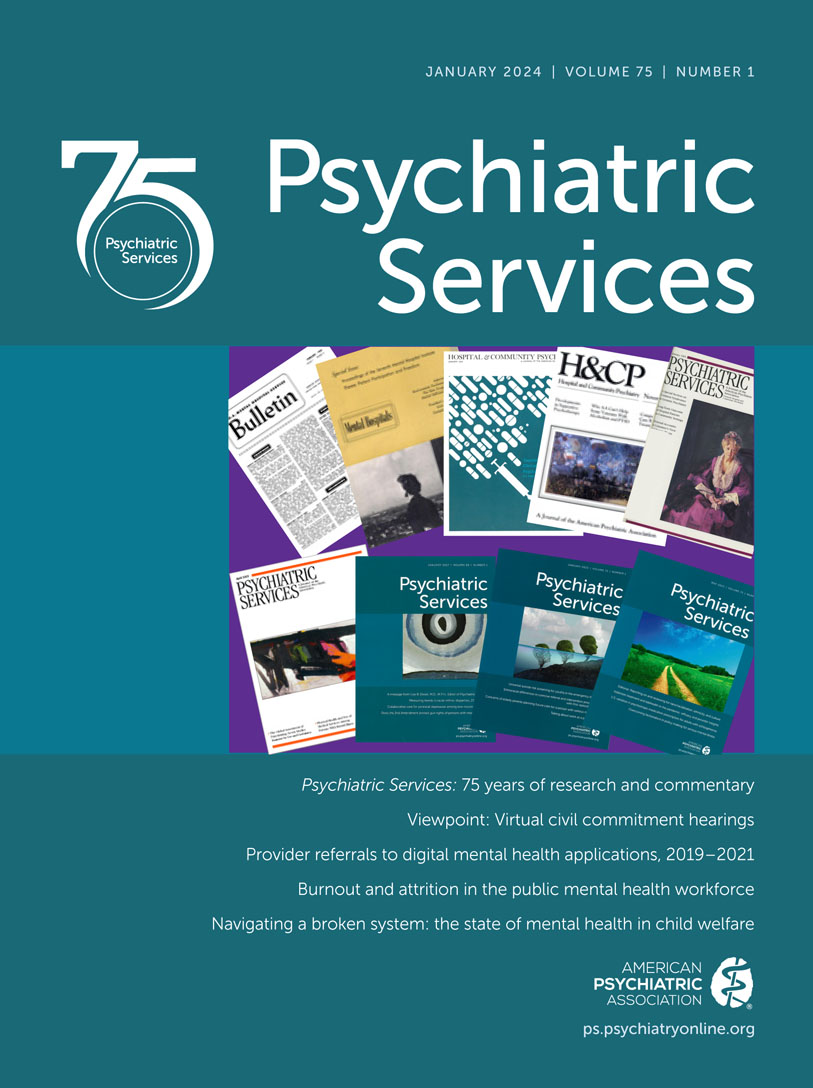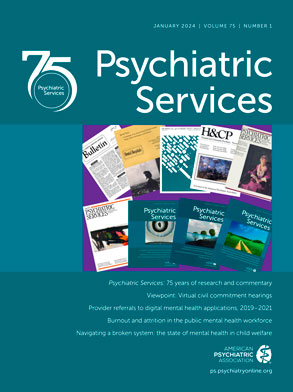The movie Harry Potter and the Sorcerer’s Stone came out when I was 8 years old. Back then, I was living in Thailand. I didn’t understand what the hype was all about. Why would I? I couldn’t speak, let alone read, English. My friends wanted to go home and watch it. None of the adults were talking about it; that’s how I knew it was cool.
I remember sitting on top of a colorful bamboo-like mat that was porous enough to feel the cold floor that numbed my bottom. I would extend my neck and glance up at the small-screen bulky TV; its back extended almost as deep as its width. The heat radiating out of its tube stoked the already hot air. Even though I didn’t speak English and the movie had no Thai subtitles, I was determined to watch it.
When I finally moved to the United States in middle school, my mom taught me English by reading children’s books to me. Eventually I started reading in English on my own, and the Harry Potter series became my favorite. Harry’s invisibility cloak stuck with me. It is passed down from generation to generation, and it brings the three best friends—Harry, Ron, and Hermione—together. They can don and doff the invisibility cloak when they would like, and this helps them navigate their confusing and sometimes precarious world.
As an Asian American woman, I have my own invisibility cloak in the United States, but I’m not in control of when it is placed on my shoulders.
Men see me and call me exotic. “Oh, that Asian girl,” they say as their eyes twinkle and their lips curl. Other times, “model minority” racism uses Asian Americans as a wedge between racial minority groups: “Look, the Asians are smart, and they can achieve. Why can’t you?” This is the attitude despite a deep-rooted history of interracial solidarity (
1). At times like these, I wish I could be invisible.
In my first medicine rotation as an intern, I encountered a patient in his mid-50s who asked me, “Where can I get the po-po platter? Does this hospital have the po-po platter? It’s my favorite. You know what I’m talking about.” A few days later, he changed his tactics, saying, “You’re not old enough to be working in health care! What’s a girl like you doing here?”
The demeaning comments continued. “How old are you? How long have you been a nurse?” he demanded as his eyes slowly moved over my body, pausing at my legs, seemingly unbothered that I was dressed in scrubs with a red tag and a badge reading “PHYSICIAN.”
I silently hoped and prayed that the leering would stop. It made me feel disgusted with myself, even though he was the one saying the words. His nurse, an Asian American woman in her fifties, was going through a similar experience. She asked for my help. “He said to me, ‘Go back to your country!’” Another nurse spoke of her dehumanizing experience. “He said, ‘Show me your legs,’ and when I said it was inappropriate, he yelled, ‘Go learn English! Get your foreign germs out of here!’ and threw a bloody syringe at me.”
I considered the differentials. Could this be a symptom of a disorder rather than a personality component? Has he cognitively worsened during this admission and now requires a cognitive evaluation for possible dementia? Is he delirious from an infectious cause? Was there a prior traumatic brain injury that would cause him to be disinhibited? Have we obtained a urine toxicology screen to rule out substance intoxication or withdrawal?
When I discussed these incidents with my supervising attendings, responses varied. The first attending pulled me off the patient’s case to try to protect me from racist harm. The second attending gave me a blank stare and said I needed to be more understanding and empathetic with the patient. The range of reactions was confusing to say the least. When I asked either attending, “What about the nurses?” neither could muster a response.
Unfortunately, this patient is but one of many. And the subtler ways of racism are just as painful, if not more so. Throughout my 4 years of didactics, some short-term and long-term discussants have attributed my “thoughtful” responses to White colleagues or called me by other Asian American colleagues’ names. In my last few years of training, an attending often cut me off midsentence but hesitated doing so with White colleagues. In a public forum in my last years of training, a colleague from another racial minority group asked me to concede that other racial minorities have worse experiences with racism than Asians do. I spend so much time running through these subtle incidents of racism in my head, asking myself whether they are racism or my own “oversensitivity.” When I muster the courage to ask others about these incidents, the responses vary from blank stares to comments such as “Well, it’s the truth” and a look of pity in people’s eyes signaling the acceptance of these behaviors and an inability to change the status quo.
The statistics and numbers associated with the “model minority” Asian American and Pacific Islander (AAPI) community further perpetuate harm (
2). The AAPI population is richly diverse, representing over 20 countries, each with their unique cultures, ethnicities, religions, histories, and languages (
3). Subsets of the AAPI community are among the most educated and socioeconomically affluent compared with other races, even Whites (
3). Institutions of higher education often omit AAPI from the “underrepresented in medicine” classification on the basis that AAPI representation in medicine is reflective of the population size (
4), even though this classification’s mission is diversification, justice, and inclusion of marginalized communities. Once numbers are sufficient, do racial minorities stop experiencing racial discrimination? Do we begin to benefit from similar privileges as nonracial minorities? What is the impact to our AAPI community for being seen as an intermediary minority and one that is left out of important conversations about racism (
5)? What human experiences are lost when we focus on these statistics?
The message in all these examples has been clear: “You are invisible.”
What I despise is when I internalize and believe this message of invisibility and devaluation. I catch myself thinking, “I need to hide my Thai culture,” “I need to keep quiet so as not to disturb the status quo,” “I should speak less because my voice isn’t as important as others’,” and eventually “Maybe Asian American struggles matter much less than I think they do.” The internalization of racism is one of its most detrimental effects on an individual and society (
6). It often occurs with limited awareness or control. It occurs when racial minorities start to believe the message society sends to them, and the harmful messages now stem from within. Not only do we end up devaluing ourselves, but we end up silencing our own community. The results range from not applying to positions for which we are well qualified to limited knowledge of U.S. Asian history to the rapid reporting dissipation and limited honoring of Asian American lives lost in the horrific 2021 Atlanta spa and 2023 Lunar New Year shootings.
This is the invisibility cloak that I and my AAPI community are unable to take off. Like in the Harry Potter series, it has been passed down from generation to generation. But unlike for Harry, Ron, and Hermione, we are unable to control when this cloak of invisibility is placed on our shoulders. This cloak has silently separated us from each other, and we’re navigating this confusing and sometimes precarious world alone.
I have learned to stop accepting other people’s versions about who I am and to stand up for myself and my Asian American community.
My hope is that the Asian American community can come together and perhaps a piece of that invisibility cloak can come off.
Acknowledgments
The author gratefully acknowledges Eunice Yuen, M.D., Ph.D., for conceptual development and Dr. Yuen and Chiun Yu Hsu, Ph.D., for their critical review and cultural consultation. The author also thanks Randi Epstein, M.D., Robert Rohrbaugh, M.D., and Theddeus Iheanacho, M.B.B.S., D.T.M.&H., for their critical review.

